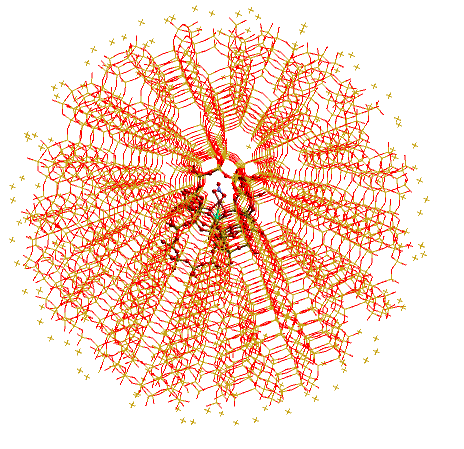Research
Research Interest Areas
I develop and employ powerful computational techniques to tackle crucial materials challenges. I use a combination of quantum-mechanical (e.g. DFT), machine-learning and experimental approaches to investigate, design, and develop advanced materials across a range of technologies.
I am especially interested in catalysis (heterogeneous catalysis, photocatalysis) and energy storage (batteries). Core focus areas are outlined below; we are flexible to the skillsets and interests of those who join our team.
Our Tools
Experiment ⇆ theory: spectral “fingerprints” to validate DFT/QM/MM and fine-tune MACE models.
Quantum Mechanics
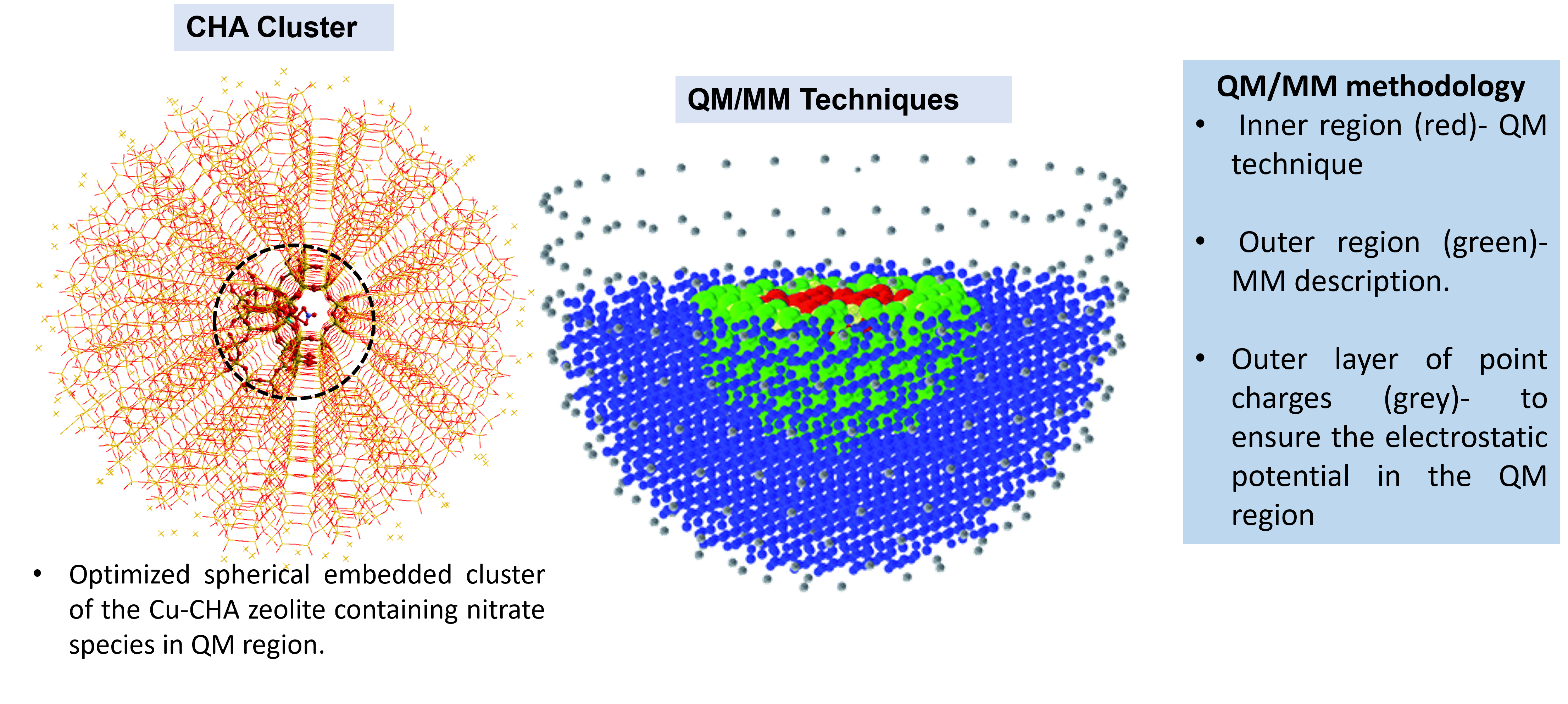 First-principles quantum-mechanical methods—Density Functional Theory (DFT) and hybrid QM/MM—allow us to predict materials behaviour and chemical processes. These methods are implemented in robust codes and run on high-performance computers (e.g., YOUNG, ARCHER2), enabling quantitative predictions of structures and energetics of the important reactions such as NH3-SCR, HER, OER and CO2 hydrogenation.
First-principles quantum-mechanical methods—Density Functional Theory (DFT) and hybrid QM/MM—allow us to predict materials behaviour and chemical processes. These methods are implemented in robust codes and run on high-performance computers (e.g., YOUNG, ARCHER2), enabling quantitative predictions of structures and energetics of the important reactions such as NH3-SCR, HER, OER and CO2 hydrogenation.
Machine Learning (ML) / Artificial Intelligence (AI)
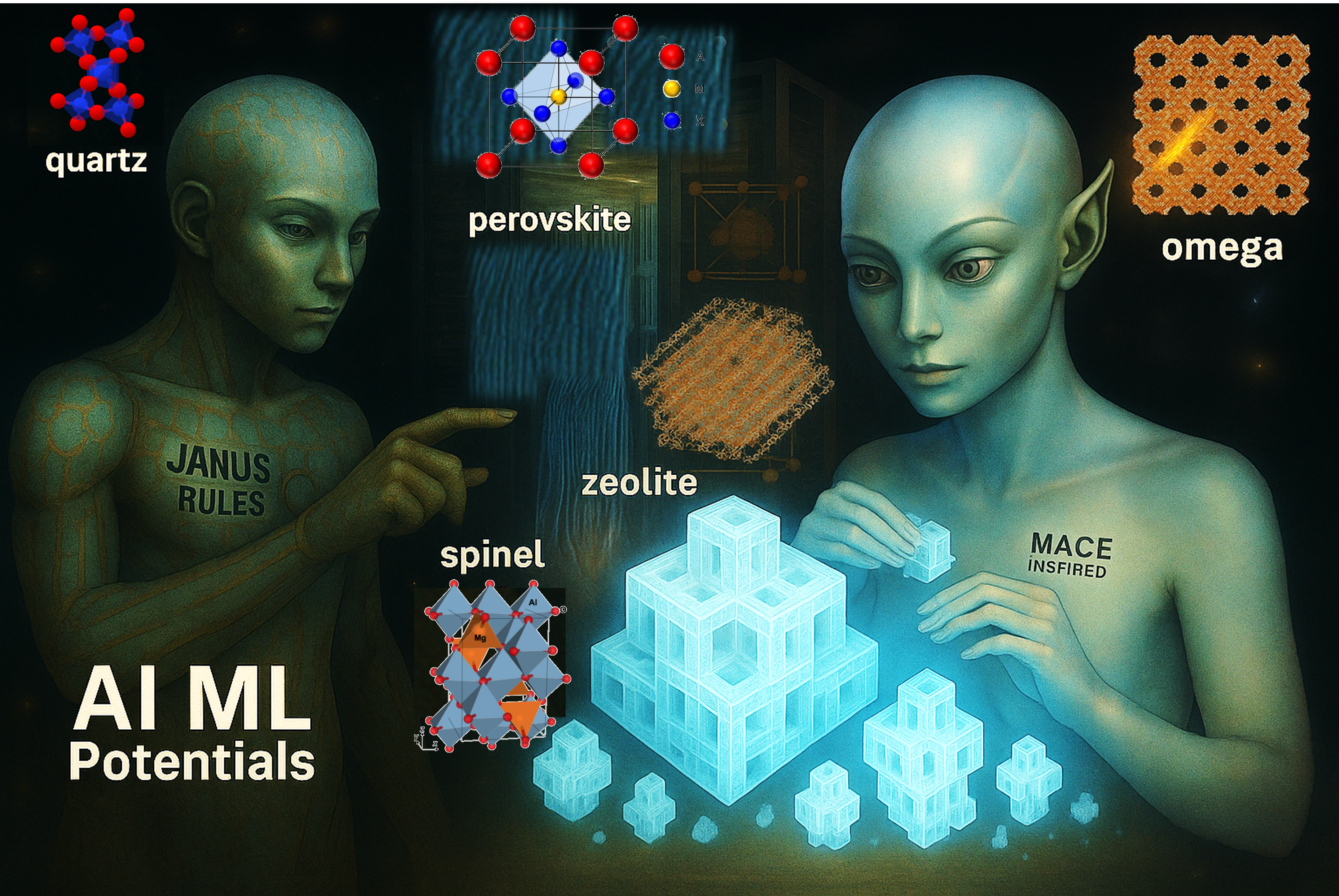 Machine learning has become a transformative tool for materials research. I use MACE ML models that reproduce quantum-mechanical results, but at far greater speed and scale compared to DFT. Examples include:
Machine learning has become a transformative tool for materials research. I use MACE ML models that reproduce quantum-mechanical results, but at far greater speed and scale compared to DFT. Examples include:
- Model phase transitions microporous and dense silica across large crystal databases
- Fine-tune MACE models for better accuracy inorganic materials (structures, properties, defects)
Experimental Activities
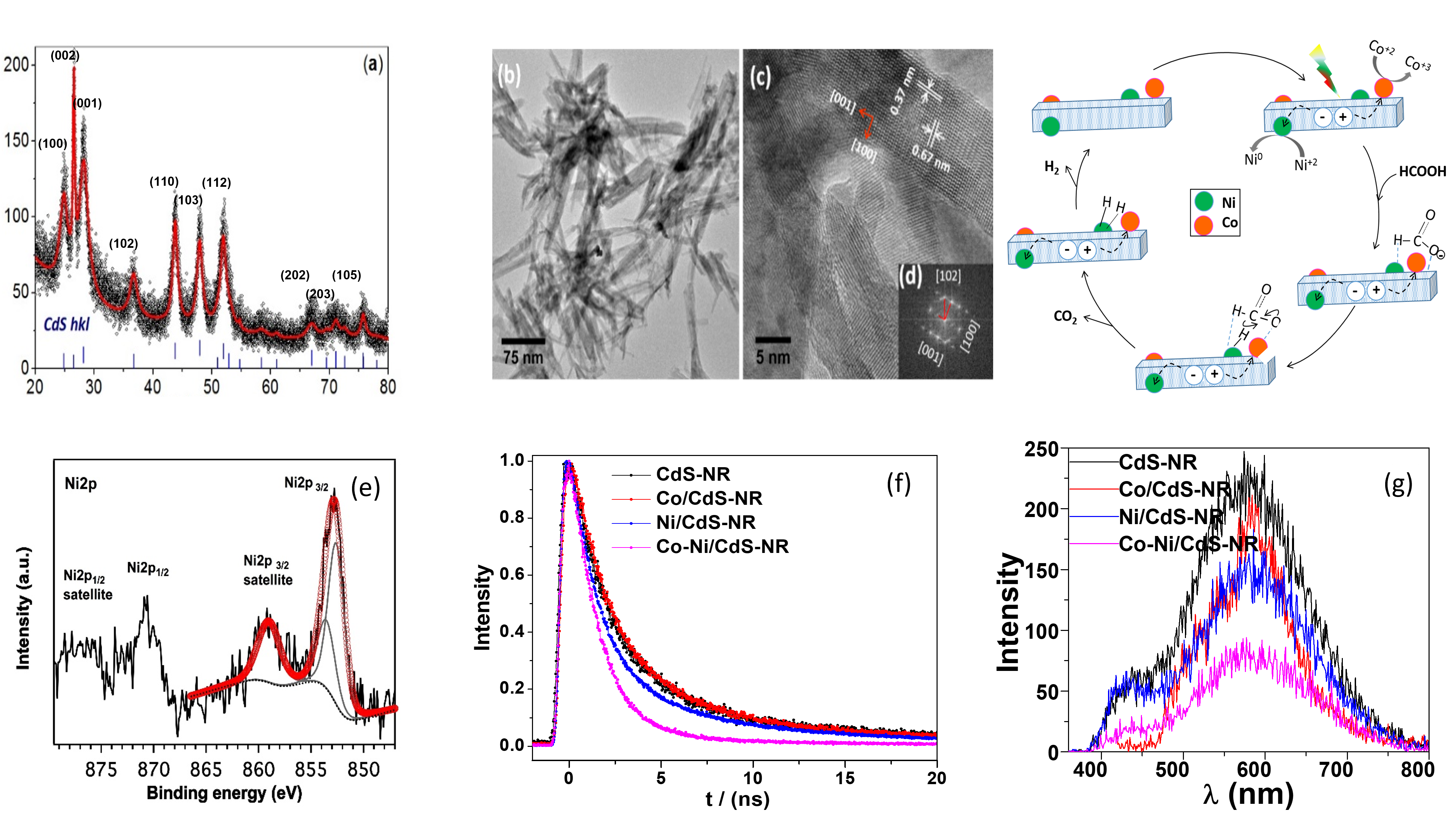 I design, synthesise, and probe catalysts/photocatalysts under realistic conditions—linking operando data to mechanism.
I design, synthesise, and probe catalysts/photocatalysts under realistic conditions—linking operando data to mechanism.
- Operando catalysis: DRIFTS, XANES/EXAFS, XRD + reaction kinetics.
- Photocatalysis: Photoactive nanohybrids; H₂ evolution & formic-acid dehydrogenation.
- Water splitting: materials design, synthesis, benchmarking, stability tests.
- Toolbox: TEM, XPS, UV-Vis, Raman; hydro/solvothermal & ion-exchange syntheses.
These efforts often involve collaboration (and friendly competition!) with partners across academia and industry.
Our Challenges
Energy Materials
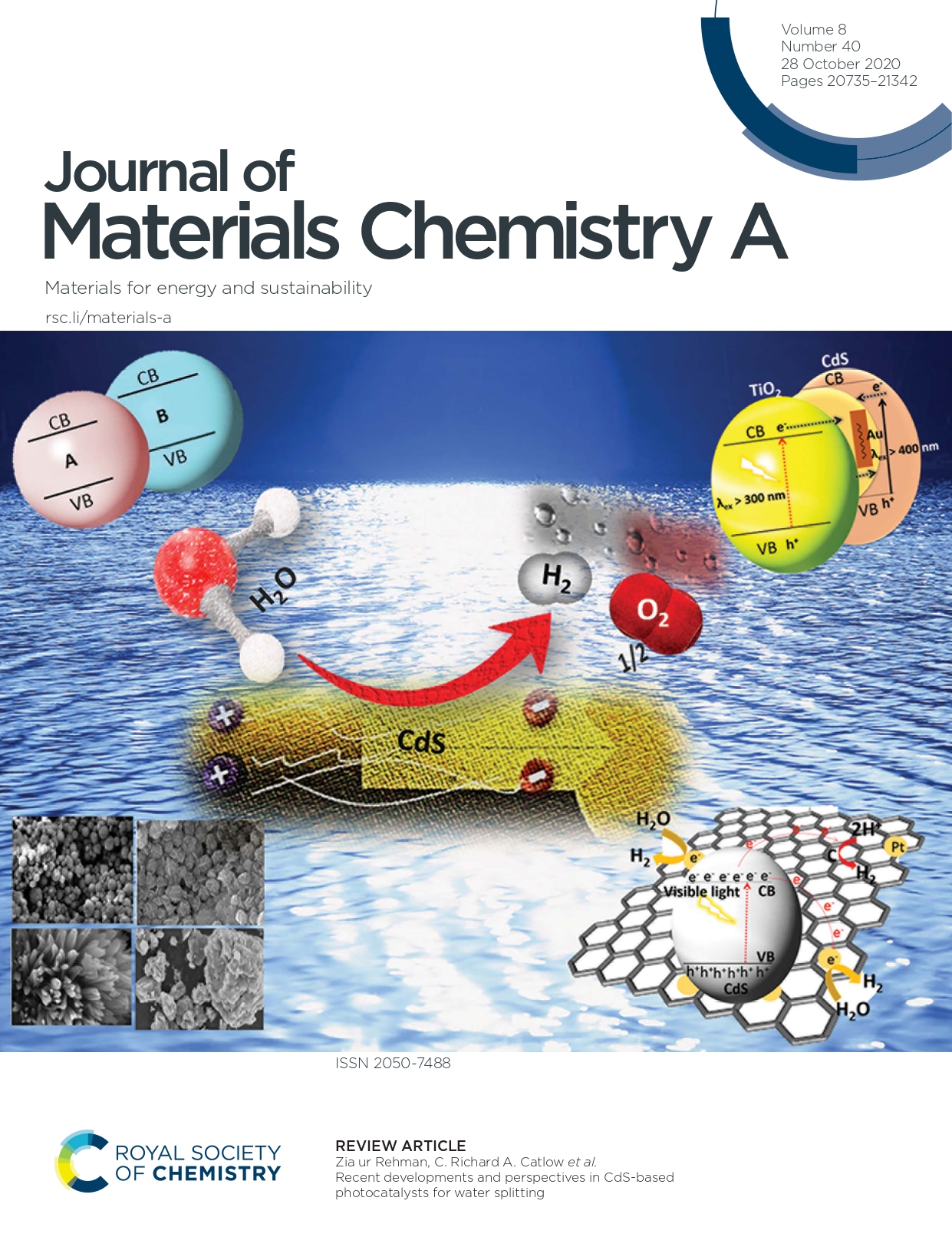
I aim to contribute to a better society through advanced materials for energy conversion and storage—from efficient photocatalysts to high-capacity battery cathodes.
I frequently collaborate with experimental and theoretical groups who develop new theory and synthesise novel materials, and build devices; they test our predictions, and I help explain observations—high-impact team projects with lots of fun along the way.
Selected examples
- Photocatalytic Z-scheme Overall Water Splitting: Advances in theory and experiments, Advanced Materials (2021)
- Photocatalytic dehydrogenation of formic acid on CdS nanorods through Ni and Co redox…, ChemSusChem (2018)
- Recent developments and perspectives in CdS-based photocatalysts…, Journal of Materials Chemistry A (2020)
Environmental Remediation
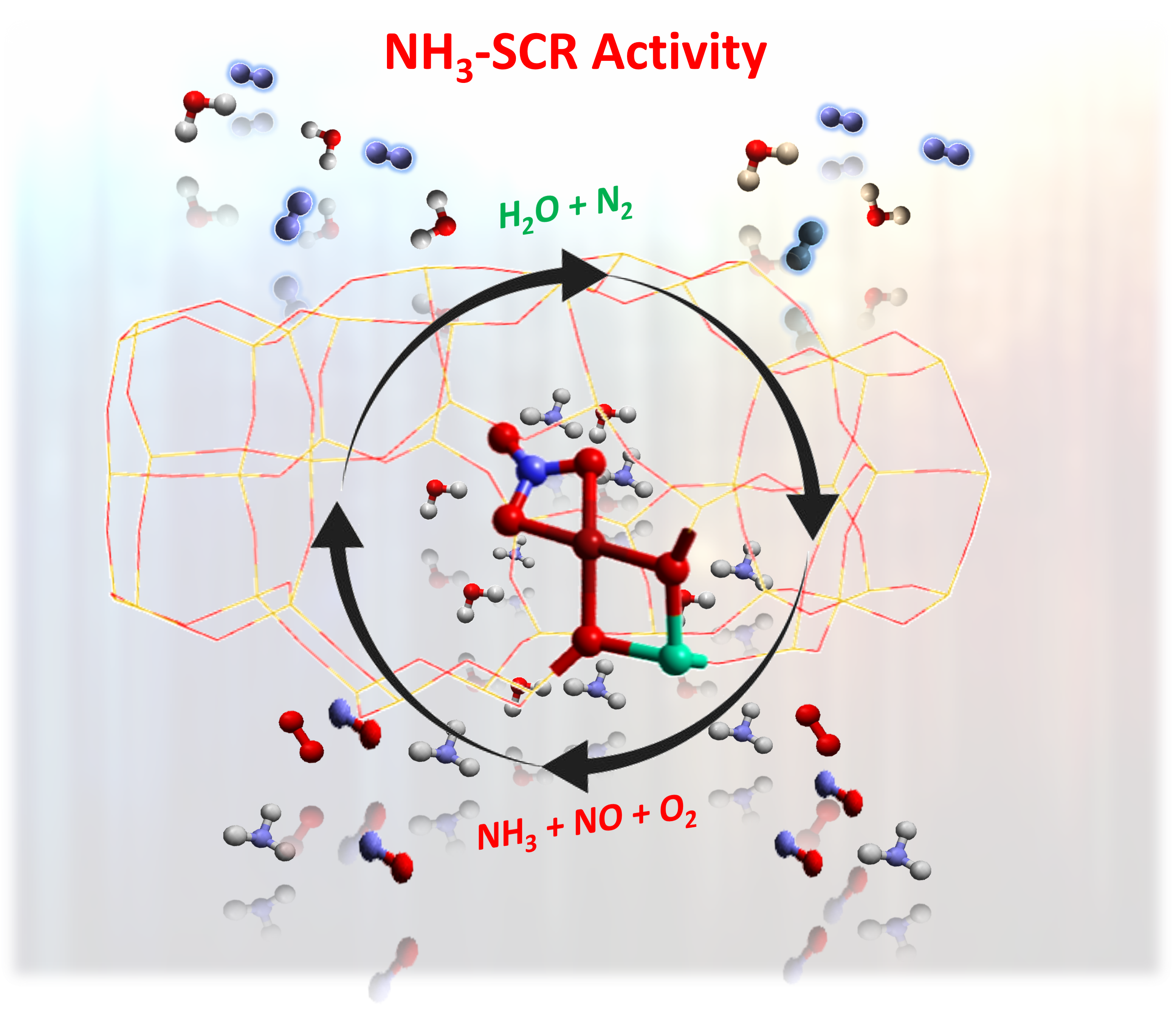 Transition-metal-containing zeolites have wide-ranging applications in several catalytic processes, including the selective catalytic reduction (SCR) of NOx species. To understand how transition metal ions (TMIs) can affect NOx reduction chemistry, both structural and mechanistic aspects at the atomic level are needed.
Transition-metal-containing zeolites have wide-ranging applications in several catalytic processes, including the selective catalytic reduction (SCR) of NOx species. To understand how transition metal ions (TMIs) can affect NOx reduction chemistry, both structural and mechanistic aspects at the atomic level are needed.
Selected examples
- Understanding deNOx mechanisms in transition metal exchanged zeolites, Chem. Soc. Rev. (2024)
- Influence of Solvent on Selective Catalytic Reduction of Nitrogen Oxides with Ammonia…, J. Am. Chem. Soc. (2022)
Methods & Software Development
We also employ and develop new approaches to tackle field-wide challenges. Simple ideas can have an outsized impact—for example, developed “Harmonic Vibrational Code”, “Fine-Tuned MACE ML-IP”, and updated “QM/MM” techniques, a strategy for discovering low-energy defect configurations that govern conductivity, photovoltaic performance, quantum sensing, and more.
Selected tools
- ChemShell — Multiscale QM/MM modelling of catalytic systems. Website
- FHI-aims — All-electron DFT for molecules & solids. Website
- GULP — Lattice dynamics & force-field simulations. Website
- MACE — Machine-learned interatomic potentials (equivariant message passing). Repo
- KMCLib — Lattice kinetic Monte Carlo framework. Repo
Join Us
Excited by any of the above? Email jamal.nasir.18@ucl.ac.uk.
